Tuning Fork Level Switch uses a metal tuning fork structure to detect the presence of a liquid or solid (powder or granules) in a vessel:
Tuning Fork Level Switch
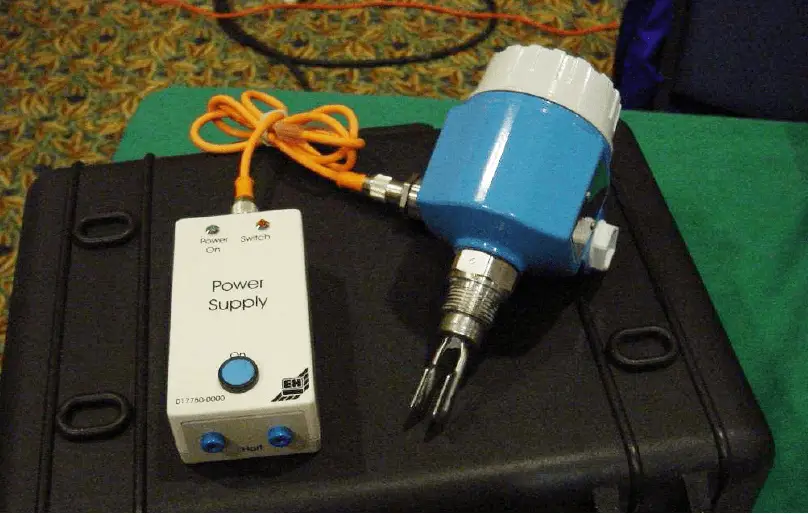
An electronic circuit continuously excites the tuning fork, causing it to mechanically vibrate. When the prongs of the fork contact anything with substantial mass, the resonant frequency of the fork decreases.
The circuit detects this frequency change and indicates the presence of mass contacting the fork. The forks’ vibrating motion tends to shake off any accumulated material, such that this style of level switch tends to be resistant to fouling.
It should be noted that the previous photograph of the tuning-fork style level switch is complete: the fork “paddles” are only a couple of inches long and require no physical extensions in order to properly detect liquid or solid material at that point.
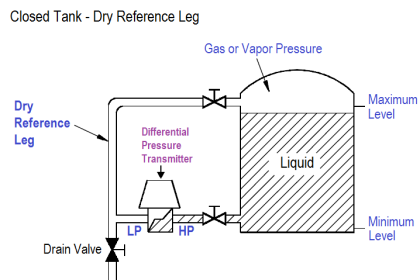
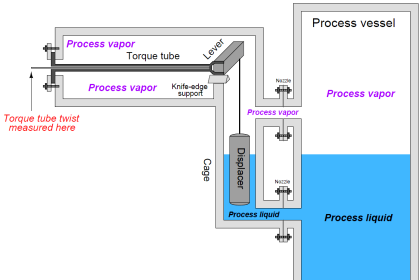
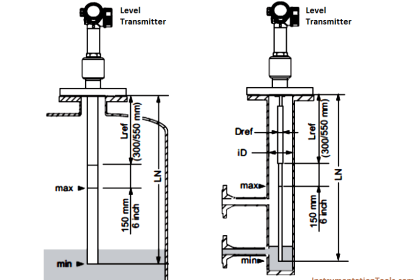
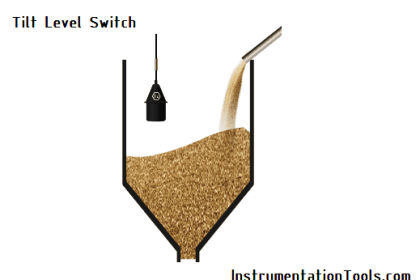
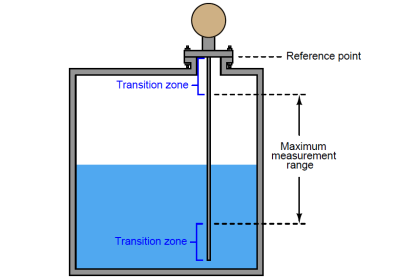

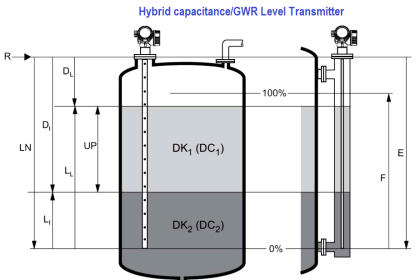

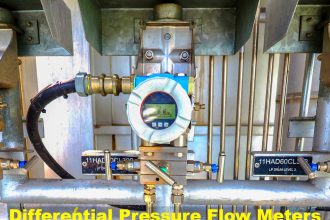
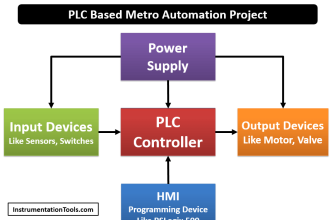
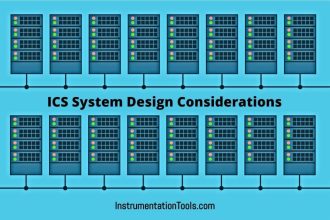



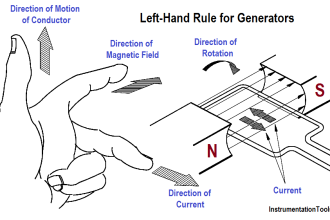


Dear team,Thank you so much for your sincere effort to make all Instrumentation and PLC concepts very easy and simple to understand, even for beginners.
I have a small request for you, kindly explain each instrument concept by taking specific make & model as an example (Already you are fallowing for PLC concepts by explaining whether that topic belongs to AB or Siemens PLC) . This type of explanation truly helps us during interviews and to get good understanding as well.
Dear Sir,
We have an issue with length of the level switch, can we increase the shaft length without disturbing the tunning fork sensor, electronic circuits. Any chance the sensing will get disturbed in transmitting to relay operation.
Please suggest us, then will proceed for modification of the same.
Generally tuning fork type level switch assembly will be fitted in factory after calibration. Tuning fork frequency is linked to electronics to generate signal in case of liquid/solid level and hence it is not recommended to change the length.
How frequency of level switch is detected by switch instrument?